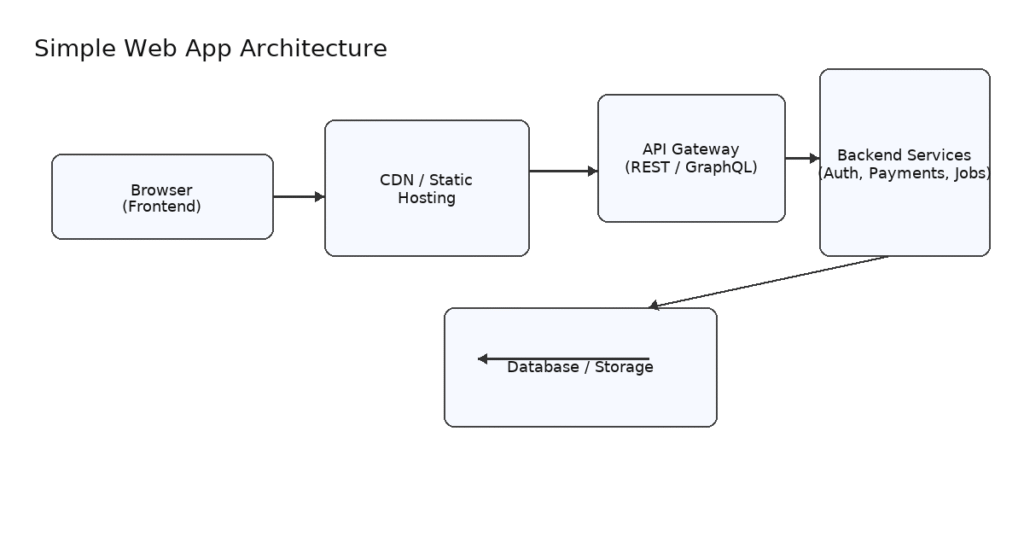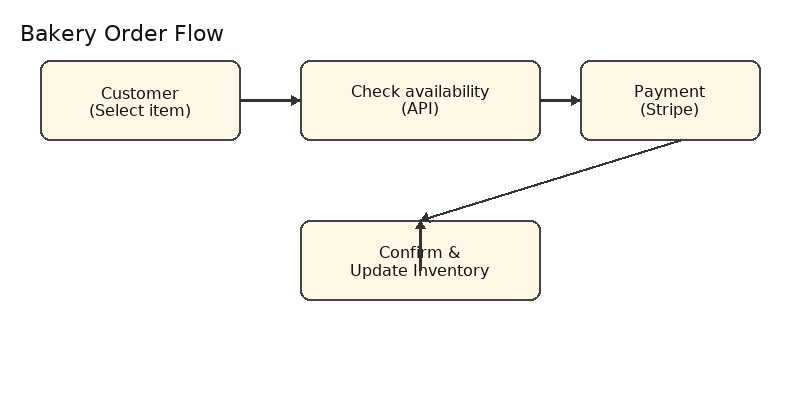Click here to buy secure, speedy, and reliable Web hosting, Cloud hosting, Agency hosting, VPS hosting, Website builder, Business email, Reach email marketing at 20% discount from our Gold Partner Hostinger You can also read 12 Top Reasons to Choose Hostinger’s Best Web Hosting
Many teams waste time and money because they treat every “online project” like a brochure or a product at the same time. That confusion — “do we need a website or a web app?” — blocks launches, inflates budgets, and sometimes produces a clunky product nobody uses. This guide explains what is a web app actually, shows clear web application examples, compares web application vs website, and gives a launch-ready checklist so you can decide, build, and scale with confidence.
TinyMCE4 has no code editor plugin at default. This plugin is a code editor plugin called “tinymce4 code editor”, you can use it in your tinymce editor to toggle code quickly and edit code.
Quick definition — what is a web app?
A web application (web app) is software delivered over the web that lets users perform tasks inside a browser: create accounts, buy products, manage data, message people, or visualize reports. Web apps are interactive and stateful — they store user data, require authentication, and typically interact with backend APIs or services.
As you can see, Hostinger offers a lot of benefits for website owners. With affordable pricing, top-notch performance, and advanced security features, they are a fantastic choice for hosting your website.
One sentence: if users must do something repeatable (book, pay, edit, collaborate), you’re building a web app.

Website vs web application
| Aspect | Website (Content-first) | Web App (Task-first) |
|---|---|---|
| Primary goal | Inform, market, publish | Enable tasks and workflows |
| User interaction | Read, browse, occasional forms | Login, update data, real-time updates |
| SEO | High priority (public pages) | Marketing pages should be crawlable; core app behind auth |
| Examples | Blog, brochure, news site | Banking portal, SaaS dashboard, e-commerce checkout |
Web application examples
Email & messaging: Gmail, Outlook Web
E-commerce: storefront + cart + checkout (Shopify admin is a web app)
Collaboration: Google Docs, Trello, Figma
Finance: online banking dashboards
Customer portals: billing, support tickets
PWAs: installable web apps with offline support
How web apps work — the practical architecture
At a high level: browser → API → backend services → database. For production, add CDNs, API gateways, auth providers, monitoring, and backups. Cloud providers have well-documented patterns for this layout.
Architecture patterns — which one to pick
Monolith — fast to build (MVPs), single deployable.
Microservices — modular and scalable, higher ops cost.
Serverless — pay-for-use functions, low infra ops for many teams.
Jamstack — pre-rendered marketing pages plus APIs for dynamic behavior (great for SEO).
Security, performance, and SEO — what to enforce
Security: HTTPS/HSTS, MFA for sensitive flows, least-privilege access, and an OWASP Top 10 check before launch.
Performance: CDN for static assets, server-side rendering (SSR) for SEO-critical pages, cache API responses where safe.
Discoverability: keep marketing pages crawlable; use
<meta>tags, sitemap.xml, and FAQ schema for rich results.
Two short case studies — real patterns
Bakery: brochure → booking app
Problem: lost morning pre-orders via phone.
Solution: static, SEO-friendly menu + a small web app for orders, availability checks, and payments.
Stack: Jamstack menu + serverless order API + managed DB.
Result: faster order handling and an 18% revenue increase within 8 weeks.
SaaS MVP: validate before scaling
Problem: founder needed to validate signups quickly and cheaply.
Solution: React SPA on CDN + serverless auth and payments + managed Postgres.
Launch: ~6 weeks; infra <$100/month for early traffic.
Result: validated market fit with 300 signups before scaling.

Build vs buy — quick decision matrix
| Situation | Buy (SaaS) | Build |
|---|---|---|
| Standard workflows (CRM, invoicing) | Buy — fastest time-to-value | Build if heavy customization needed |
| Unique product features | Only if SaaS fits exactly | Build — competitive advantage |
| Limited team/time | Buy — lower initial cost | Build with contractors |
Minimal launch checklist (MVP)
Write the top 3 user tasks you must support (search, buy, manage, etc.).
Build marketing pages first and pre-render for SEO.
Implement authentication & role model in week 1.
Add payments (Stripe, PayPal) if needed.
Run a basic OWASP Top 10 check before launch.
Enable monitoring, logging, and backups.
Short code snippet — minimal REST endpoint
// server.js (Express)
const express = require(‘express’);
const app = express();
app.use(express.json());
app.post(‘/api/orders’, async (req, res) => {
const { userId, items } = req.body;
// validate, save to DB, charge via payments provider
return res.status(201).json({ orderId: ‘ord_123’, status: ‘created’ });
});
app.listen(3000);
Key takeaways
Web apps let users complete repeatable tasks in a browser and store state and data.
Choose architecture by team size and traffic: monolith → microservices → serverless or Jamstack.
Keep marketing pages crawlable for SEO while protecting app workflows behind authentication.
Start with a focused MVP and measure the top user tasks before investing in scale.
FAQs
What is the difference between a website and a web application?
Websites are content-first; web apps are task-first with workflows, state, and backend APIs.
Can a website become a web app?
Yes — add dynamic flows, authentication, and APIs. Keep public pages SEO-friendly and progressively enhance interactive parts.
Are PWAs the same as web apps?
PWAs are web apps built with service workers and manifests so they can be installable and work offline; they’re still delivered over the web but offer app-like behavior.
Conclusion
Understanding what is Web App removes the guesswork: web apps let users complete repeatable tasks in a browser, and the right architecture depends on your team, traffic, and timeline. Start by mapping the top three user tasks, validate with a focused MVP (Jamstack + serverless is a great starter option), and protect performance and security with a CDN, SSR for SEO-critical pages, and an OWASP check.
References & further reading
AWS — What is a Web Application? (https://aws.amazon.com/what-is/web-application/
- Encyclopaedia Britannica — Web application (https://www.britannica.com/topic/Web-application
Now loading...





